The United States of America is home to big, medium-sized and small wild cats, including the cougar, Florida panther, jaguar, ocelot, Canada lynx, bobcat, and jaguarundi.
About America
The United States of America (America, U.S.A. or U.S.) is a country located in North America. Its first inhabitants were Indians who crossed the Bering Strait from Nothern Asia into America over a land bridge around 12,000 years ago. It is the world’s third-largest country.
Many diverse species inhabit America, including over:
- 420 mammals
- 780 birds
- 300 reptiles
- 290 amphibians
- and around 91,000 insects.
The United States is a big country with two countries and three major waterways as its borders. To the north, it shares a long border with Canada, stretching from the Pacific Ocean to the Atlantic Ocean. To the south, it borders Mexico, running along states like Texas, New Mexico, Arizona, and California. On the east side, the Atlantic Ocean touches states like Florida, New York, and Maine. To the west, the Pacific Ocean runs along California, Oregon, Washington, and Hawaii (an island state). In the north, the Gulf of Mexico sits below states like Texas, Louisiana, and Florida, connecting to the Atlantic.
The U.S. has all kinds of geography. In the east, there are flat coastal plains along the Atlantic, good for farming, and the Appalachian Mountains, which are old and forested. The middle has huge flat plains called the Great Plains, where crops like wheat grow, and big rivers like the Mississippi. The west has tall, rocky mountains like the Rockies, plus deserts in places like Arizona and Nevada. The coasts have beaches, while Alaska in the far north has icy tundra and mountains, and Hawaii has volcanoes and jungles.
The climate changes a lot across the country. The north, like Minnesota and Alaska, gets cold winters with snow, while the south, like Florida and Texas, stays warm or hot most of the time. The west has dry deserts in Nevada and wet, rainy forests in Washington. The middle can have hot summers and cold winters, plus tornadoes in places like Oklahoma. The coasts get milder weather, with Hawaii staying warm and sunny all year.
Alaska, United States of America
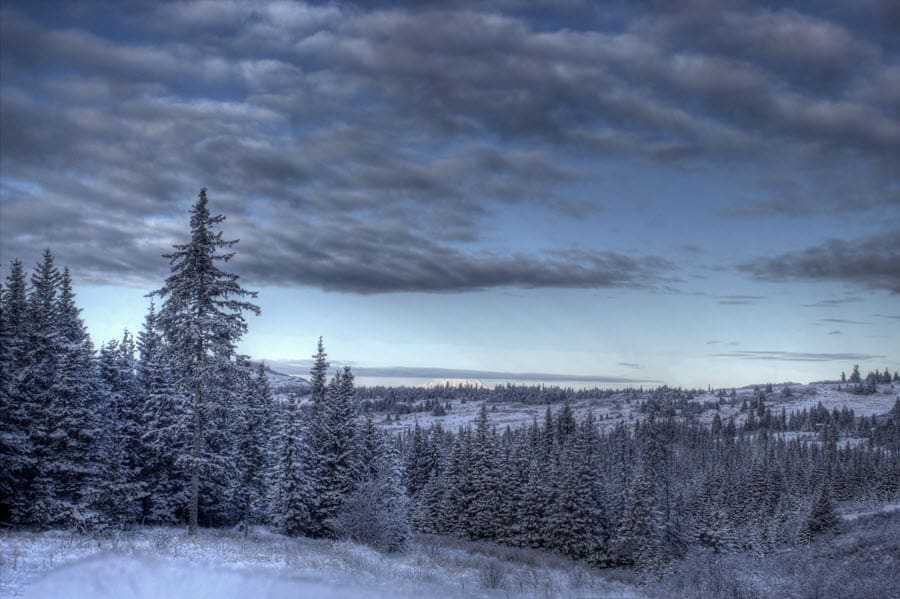
Where American Wild Cats Live
Wild cats in the United States live in different regions based on their needs. Bobcats are found in nearly every state, including forests in Texas, deserts in Arizona, and woods in Washington. Canada lynx live in northern areas like Alaska, Montana, and Minnesota, in snowy forests with snowshoe hares. Mountain lions are mostly in western states such as California, Colorado, and Utah, and a small group is in Florida’s swamps. These cats have habitats with trees, mountains, or open land where they can hunt.
Other wild cats have smaller ranges. Ocelots are only in southern Texas, in thick brush near water, with about 50-100 left. Jaguars are rare, found in southern Arizona and New Mexico near the Mexican border, in forests and near rivers. Jaguarundis may be in southern Texas in dry forests and brush, but they might be gone from the U.S. These cats’ areas shrank because of human building and farming, leaving them less space and food.
Smoky Mountains, Montana

History of American Wild Cats
One of the first wild cats to appear in the U.S.A. was the Smilodon fatalis (saber-toothed cat), an ancestor of today’s big cats that first appeared around 800,000 years ago.
The Smilodon evolved in Eurasia and crossed the Isthmus of Panama into North America approximately 2 million years ago. It evolved into two different species, the North American Smilodon fatalis, and the bigger South American Smilodon populator. Both species of Smilodon went extinct roughly 10,000 years ago.
Another big cat that roamed the area around the same time was the Panthera atrox (American lion). It appeared around 350,000 years ago and went extinct around 12,500 years ago.
Saber-toothed Cat (Smilodon fatalis)
The Smilodon is not directly related to tigers, lions, leopards, or jaguars. It was one of the last Machairodontinae, an extinct branch of the cat family tree.
The cat was over 3 feet tall, with a body length of nearly 6 feet, and weighed 350 to over 600 lbs. It had a short tail, and canine teeth extending up to 11 inches in length. The Smilodon had strong muscles and was a good jumper.
Smilodon prey included bison, camels that lived on the continent then, deer, and tapirs.
American Lion (Panthera atrox)
The American lion was the largest extinct cat to live in North America during the Pleistocene era. It was between 5 and 8 feet long and nearly 4 feet in height. Its weight is estimated at 500-800 pounds, up to over 1,000 pounds.
It now appears that the American lion was a distinct species, not related to tigers, jaguars, or African lions, but related to the extinct Eurasian cave lion.
American lion prey included mammoths, deer, horses, camels, bison, and tapirs.
Species Data: Wild Cats in the United States
American big cats include the cougar (mountain lion), with rare sightings of the jaguar.
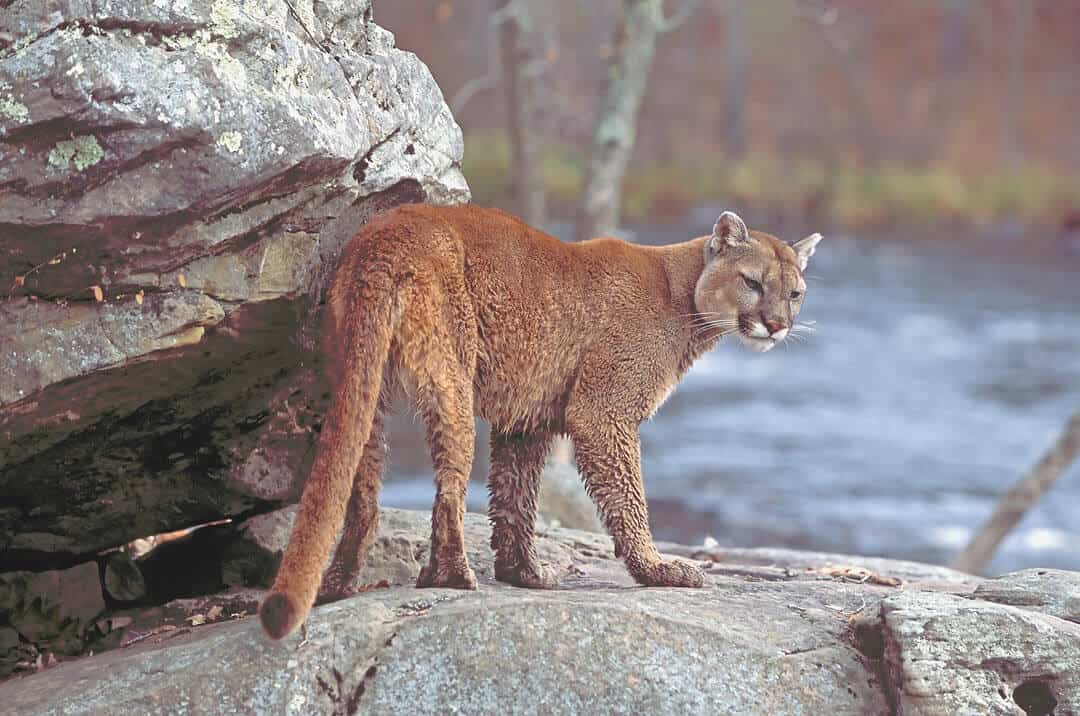
Cougar (Mountain Lion)
Puma concolor
Conservation Status: Least Concern
The cougar can be found in North, Central and South America. They are one of the most widely distributed wild cats in the world.
- Where: Mountain lions roam mostly in the western U.S., including states like California, Oregon, Washington, Nevada, Utah, Arizona, Montana, Idaho, Colorado, Wyoming, New Mexico, Nebraska, North Dakota, and South Dakota. There’s also a small, endangered group in Florida called the Florida panther.
- Habitats: They’re flexible and live in forests, mountains, deserts, and even near cities (like Los Angeles!). In Florida (the Florida panther), they’re in swamps and forests of the Everglades.
- Facts: Their range used to cover more of the U.S., but now they’re mostly west of the Mississippi, though some are popping up in the Midwest and East as they migrate from the West.
Florida Panther
A subspecies of the mountain lion (cougar), that once inhabited Florida, Arkansas, and South Carolina. Today only around 120 remain in southwest Florida.
Conservation status: Endangered under the U.S. Endangered Species Act
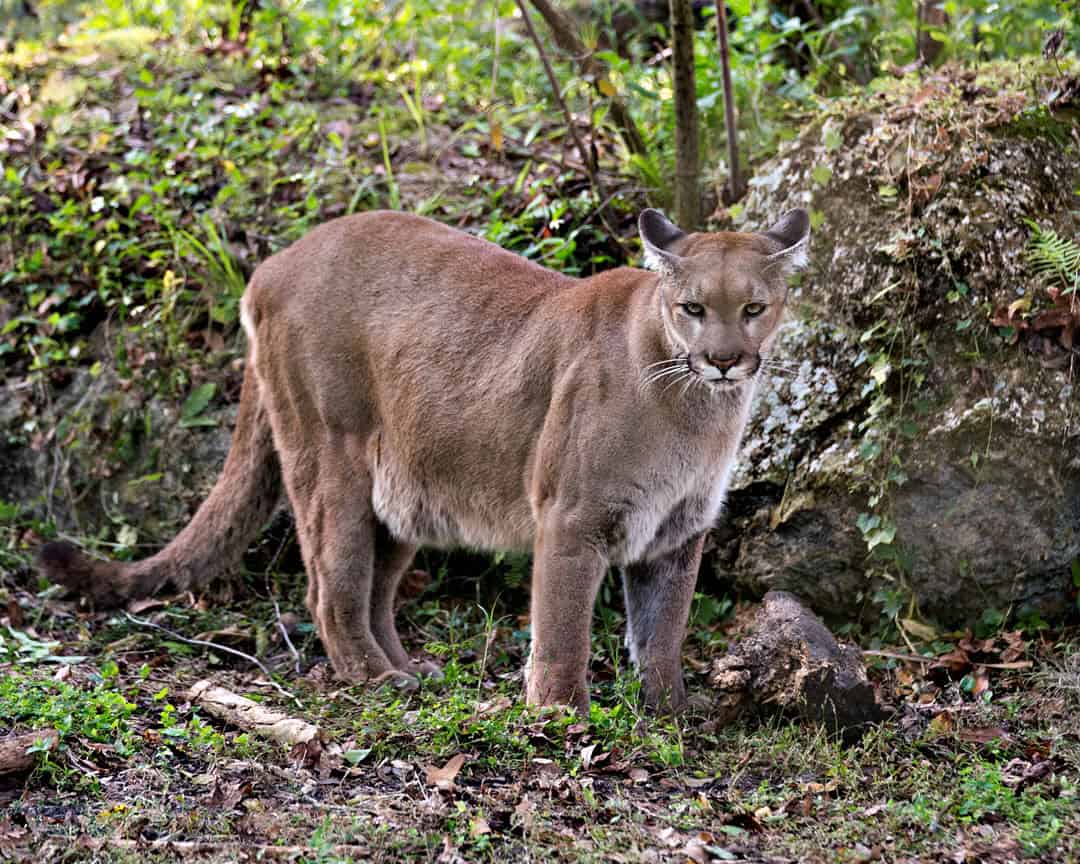
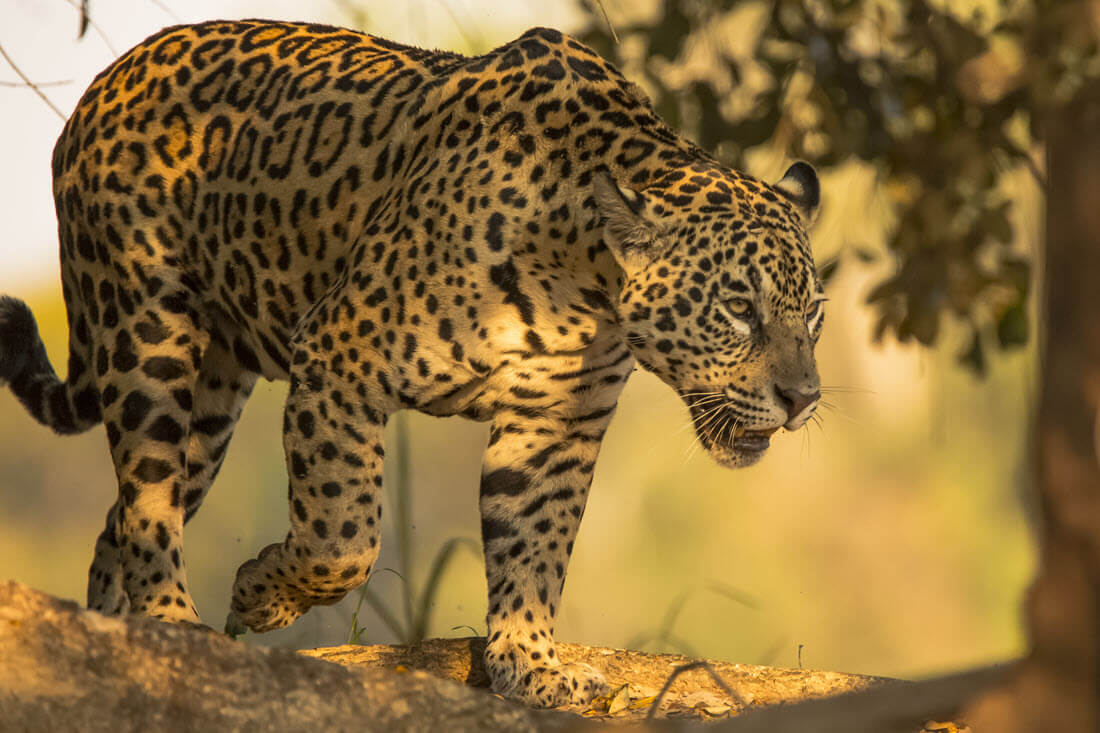
Jaguar
Panthera onca
Conservation status: Endangered under the U.S. Endangered Species Act.
A big cat that is sometimes seen in Arizona. The third biggest wild cat in the world after tigers and lions.
- Where: Jaguars are almost gone from the U.S., but you might catch a rare sighting in southern Arizona or southwestern New Mexico near the Mexican border.
- Habitats: They like dense forests, rainforests, swamps, and areas near rivers. In the U.S., they’re in remote, rugged spots like the Sonora Mountains.
- Facts: They used to roam the Southwest widely, but now only a handful wander up from Mexico. Conservation efforts are trying to bring them back.
Small and Medium-sized American Wild Cats
The small and medium-sized wild cats in the United States are the ocelot, bobcat, Canada lynx and jaguarundi.

Ocelot
Leopardus pardalis
Conservation status: Endangered under the U.S. Endangered Species Act
A medium-sized wild cat that can be found in the United States, Mexico, Central, South America and Caribbean islands. Usually found in rainforests or brushlands.
- Where: Ocelots are super rare in the U.S., found only in southern Texas (like the Rio Grande Valley) and occasionally southern Arizona.
- Habitat: They prefer thick brush, thorn scrub, and forests near water, like the tropical and subtropical areas of South Texas. Places like Laguna Atascosa National Wildlife Refuge are key spots.
- Facts: Once found as far north as Arkansas and Louisiana, now only about 50-100 remain in the U.S. due to habitat loss.
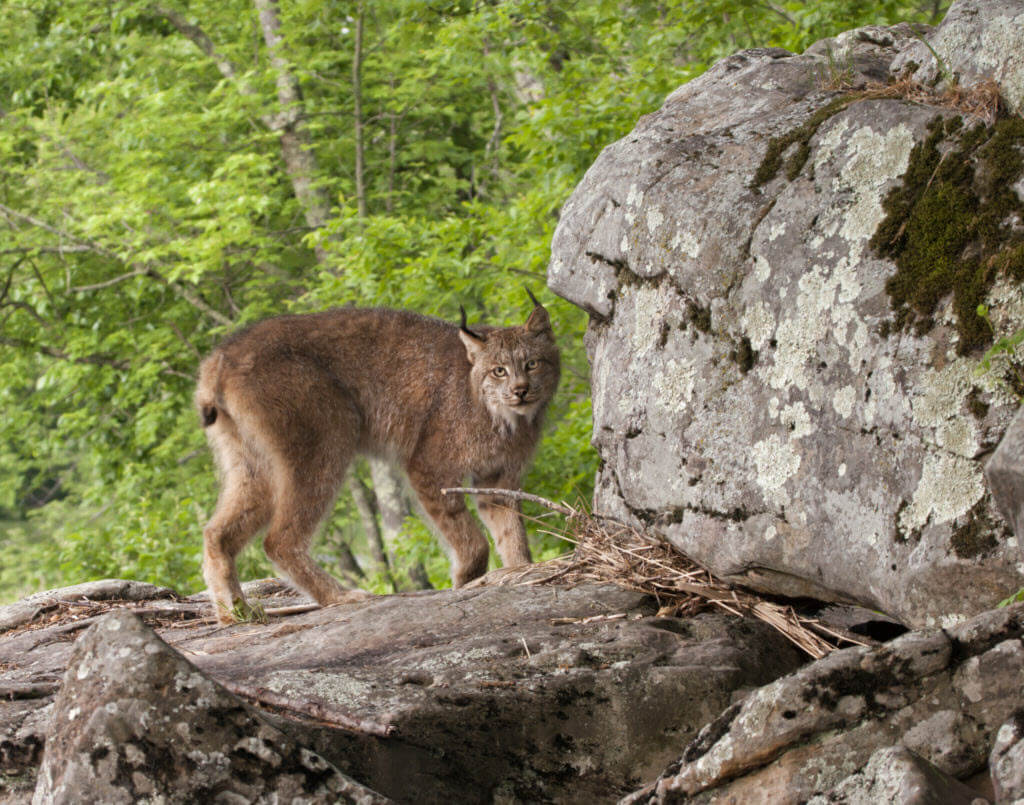
Canada lynx
Lynx canadensis
Conservation status: Threatened under the U.S. Endangered Species Act
One of the four species of lynx. A medium-sized wild cat with long, thick fur. Found in Canada and the U.S.A. Mostly lives in forested areas.
- Where: These cats stick to the northern U.S., mostly in Alaska, the Rocky Mountains (like Montana, Idaho, and Colorado), and parts of the Great Lakes region (Minnesota, Wisconsin, Michigan). They’re also in northern New England (Maine, New Hampshire).
- Habitats: They love cold, snowy forests with thick cover, especially where snowshoe hares (their main food) are plentiful. Think dense woodlands in places like the Rockies or near Lake Superior in Minnesota.
- Facts: Their big, furry paws help them walk on snow, but they’re rare south of the Canadian border due to habitat loss.
Read more about the Canada lynx.

Bobcat
Lynx rufus
Conservation Status: Least Concern
The bobcat can be found in southern Canada, across the United States, and through most of Mexico. Looks similar to the Canadian lynx and is about twice the size of a domesticated cat.
- Where: Bobcats are the most widespread wild cats in the United States. They inhabit almost every state except Delaware, ranging from southern Canada to central Mexico.
- Habitats: They’re extremely adaptable and can be found in forests, deserts, swamps, grasslands, and even suburban areas. You might spot them in places like the wooded river valleys of Texas, the rocky deserts of Arizona, or the forests of Washington and North Carolina.
- Facts: With a population of 1 to 2 million, they’re common but shy, so sightings are rare unless you’re on a backroad at night or using a game camera.
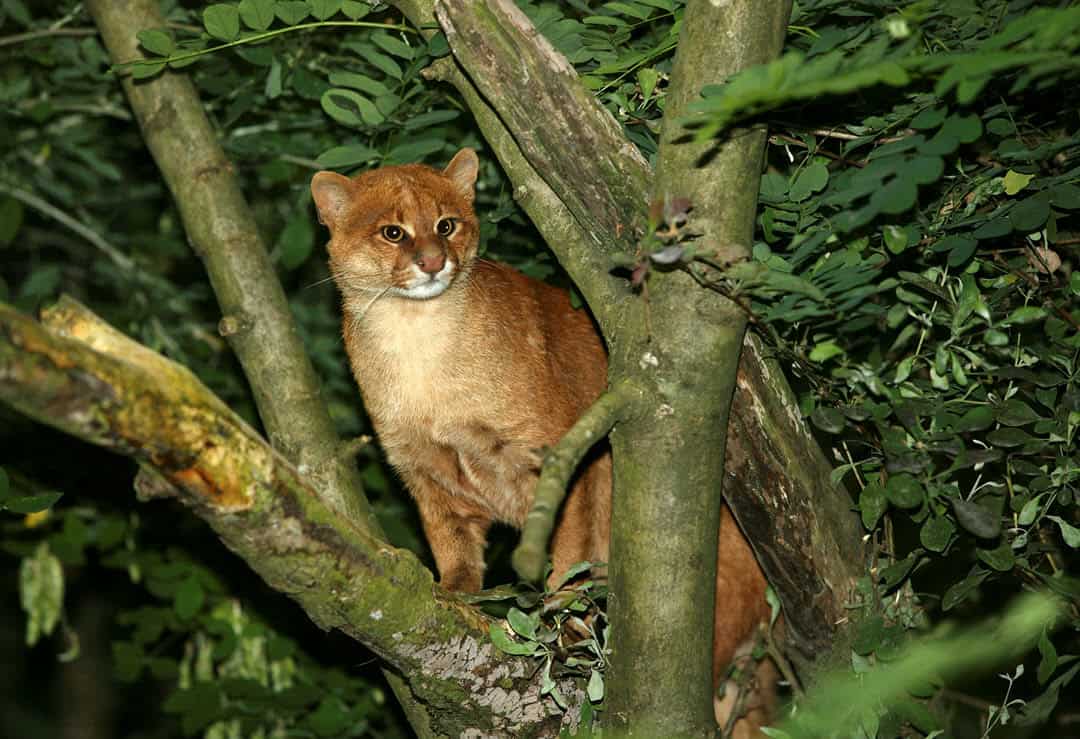
Jaguarundi
Herpailurus yagouaroundi
Conservation Status: Least Concern
Mostly inhabits Central and South America, but can be found in southern Texas around the Rio Grande Valley.
- Where: Jaguarundis are possibly extinct in the U.S., but if they’re still around, it’s in southern Texas near the lower Rio Grande Valley.
- Habitats: They go for lowland brush, dry forests, and areas with water nearby—think thorny scrub or grassy patches in South Texas.
- Facts: Sightings are super rare, and they might be gone from the U.S. entirely, though they’re still in Mexico and Central America.
Wild Cat Conservation Issues in the U.S.
Wild cats in the United States face many conservation problems that make it hard for them to live and grow their populations, including habitat loss, traffic accidents, hunting and loss of prey.
Bobcats, which are found almost everywhere, deal with losing forests to cities and roads, getting hunted for their fur, and being hit by cars. Canada lynx, living in snowy northern states like Alaska and Minnesota, struggle with shrinking forests from logging, warmer winters from climate change that hurt their hunting, and fewer snowshoe hares to eat. Mountain lions, mostly in the West and a few in Florida, have their big territories split by roads and houses, get killed when they attack livestock, and also die in car accidents near cities.
The rarer wild cats—ocelots, jaguars, and jaguarundis—have even bigger challenges. Ocelots in Texas lost most of their brushy homes to farms and towns, leaving only about 50-100, and roads plus border walls keep them from moving to new areas. Jaguars, once all over the Southwest, are now just a few in Arizona and New Mexico because their forests are gone and border fences block them from Mexico. Jaguarundis might not even be in the U.S. anymore, as their Texas habitats were taken over, and no one knows for sure if they’re still around. All these cats suffer from human activities like building, but laws and projects to save habitats are trying to help them survive.
U.S. Wild Cat Conservation Legislation
Endangered Species Act (ESA) of 1973
What It Does: This federal law protects species at risk of extinction by making it illegal to kill, harm, or disturb them and their habitats without permits.
Wild Cats Covered:
- Canada lynx (threatened in 14 northern states since 2000).
- Ocelot (endangered since 1972 in Texas and Arizona).
- Jaguar (endangered since 1997 in the U.S.).
- Florida panther (endangered mountain lion population since 1967).
Impact: It stops hunting and habitat damage, and funds recovery efforts like habitat protection for lynx or breeding programs for ocelots.
National Environmental Policy Act (NEPA) of 1969
What It Does: Requires federal agencies to study how projects like roads or dams might hurt the environment, including wild cat habitats.
Wild Cats Covered: All species benefit, especially ocelots, jaguars, and lynx on public lands.
Impact: It can delay or change projects that split up habitats, like highways in mountain lion or lynx areas.
Lacey Act of 1900 (Amended Over Time)
What It Does: Bans illegal hunting, trapping, or trading of wildlife across state or national borders, including fur or parts.
Wild Cats Covered: Applies to all wild cats, especially bobcats (hunted for fur) and rare ones like jaguars or ocelots.
Impact: Reduces illegal trade and over-hunting, protecting bobcats and stopping poaching of endangered cats.
Federal Land Policy and Management Act (FLPMA) of 1976
What It Does: Manages public lands (like national forests) to protect wildlife while allowing some human use.
Wild Cats Covered: Helps bobcats, mountain lions, Canada lynx, ocelots, and jaguars on federal lands in the West.
Impact: Keeps habitats safe from too much mining or grazing, like in Arizona for jaguars or Colorado for mountain lions.
Big Cat Public Safety Act (BCPSA) of 2022
What It Does: This federal law bans private ownership and breeding of big cats, and stops public contact like cub petting, except by qualified groups (zoos, sanctuaries). It amends the Lacey Act and took effect December 20, 2022.
Wild Cats Covered: Includes jaguars and mountain lions (listed as cougars), but not bobcats, Canada lynx, ocelots, or jaguarundis since it targets larger “big cats” (lions, tigers, leopards, cheetahs, jaguars, cougars, and hybrids).
Impact: Stops people from keeping jaguars or mountain lions as pets or using them for profit, reducing abuse and risks to people. Owners before 2022 had to register by June 18, 2023, or give them up. It helps wild populations by cutting demand for captive breeding that fuels illegal trade.
State-Specific Hunting Regulations
What It Does: States set rules for hunting non-ESA-protected wild cats, like quotas or bans, to manage populations.
Wild Cats Covered:
- Bobcats: Hunting allowed with limits in states like Texas; banned in others like California.
- Mountain lions: Hunting banned in California (since 1990), allowed with permits in Utah.
Impact: Prevents over-hunting of common species like bobcats, while giving states flexibility—jaguarundis would be protected in Texas if still present.
Why These Laws Are Important
These laws work together to protect wild cats. The ESA saves endangered species like jaguars and ocelots, while NEPA and FLPMA guard their habitats on public lands. The Lacey Act fights illegal trade, and the Big Cat Public Safety Act tackles the pet and cub-petting problem for jaguars and mountain lions. State laws manage bobcats and mountain lions where federal rules don’t fully apply. Enforcement and funding can be tough, especially near borders or where habitats are shrinking, but these laws are key to keeping wild cats safe!

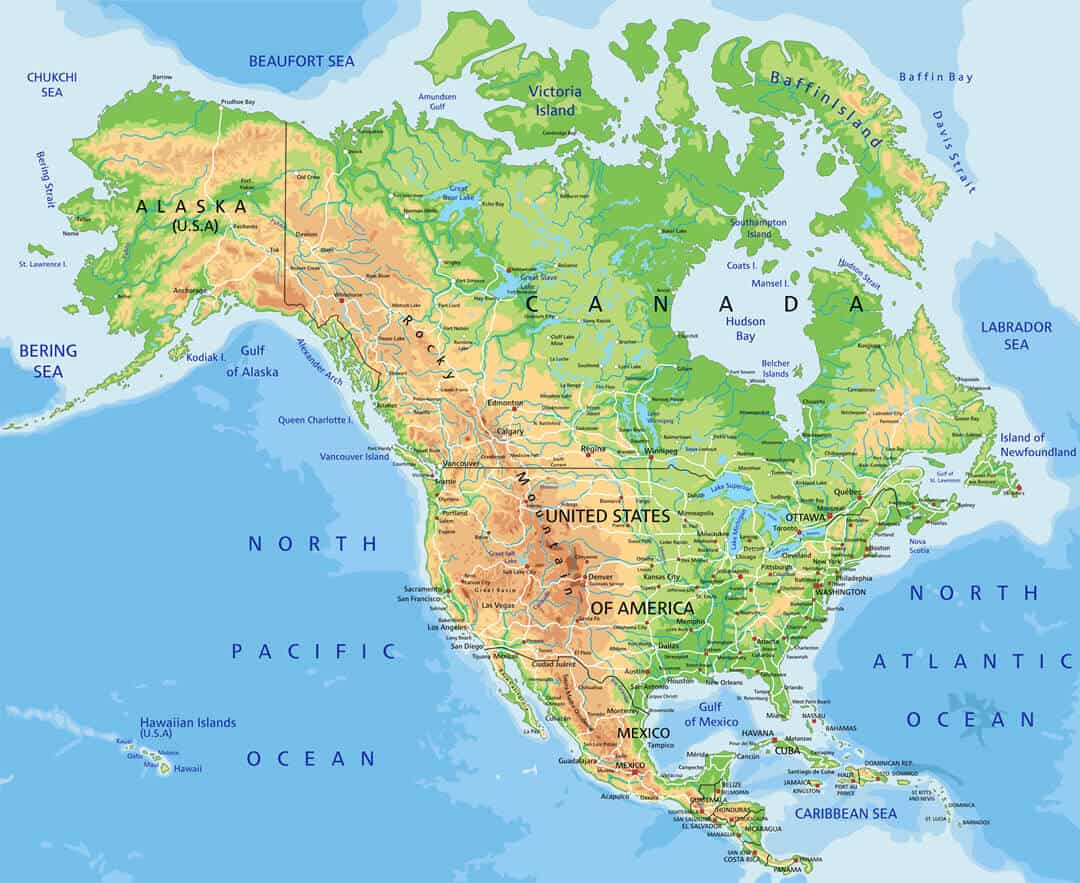
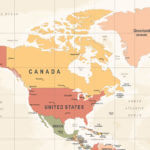
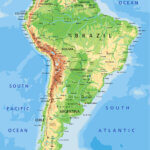

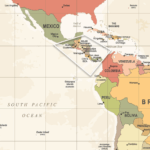



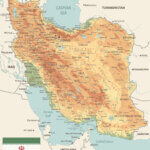



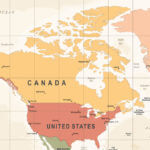

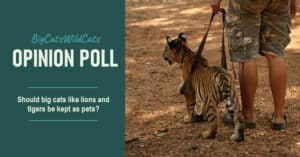
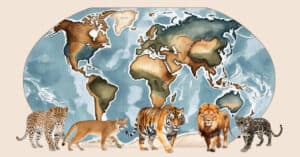
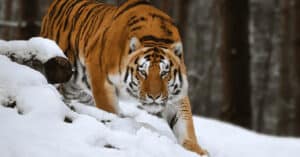

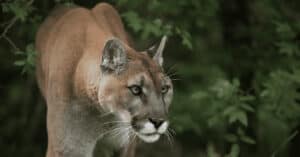

0 Comments